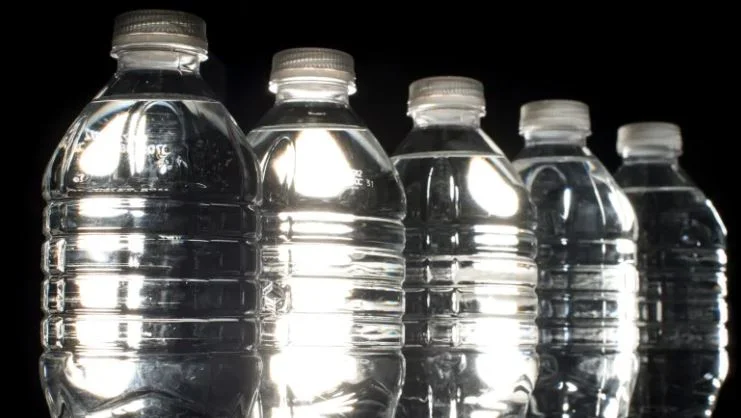Two years ago, researchers collected microplastics from pristine surface waters at three nearshore locations in Nova Scotia and Newfoundland, finding tiny and unrecognizable fragments, threads and fibres in every trawl. Chemical analysis has now identified the synthetic polymers that made up those miniscule pieces of plastic and confirmed what was expected: the microplastics were shed from easily recognized sources. "Fishing gear, fishing rope, fragments of nets and particles that would come from that kind of activity, that is a big source of microplastics," said Ariel Smith, the coastal and marine team lead for Coastal Action, the environmental group that is leading a three-year Atlantic Canadian microplastics research project.
Study sheds light on human consumption of microplastics
The study found that a person's average microplastic consumption — based on those food items previously analyzed — would likely be somewhere between 70,000 and 121,000 particles per year. While younger girls were at the lower end of the spectrum, adult men were at the high end. People who consume a lot of bottled water could see that number jump by up to 100,000 particles per year.



